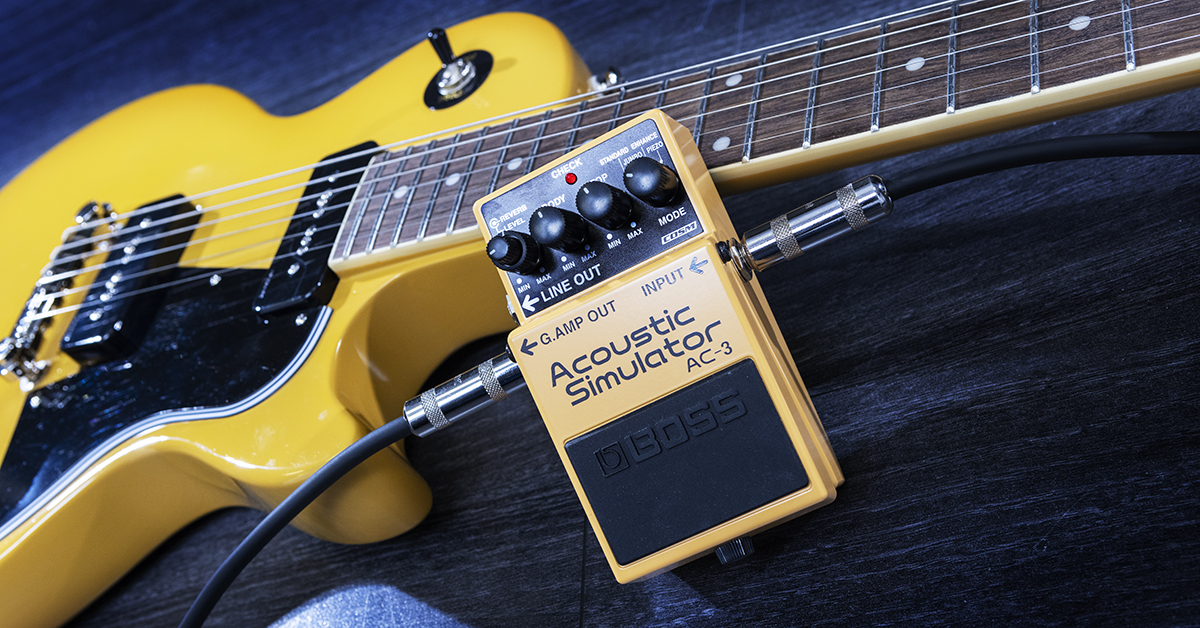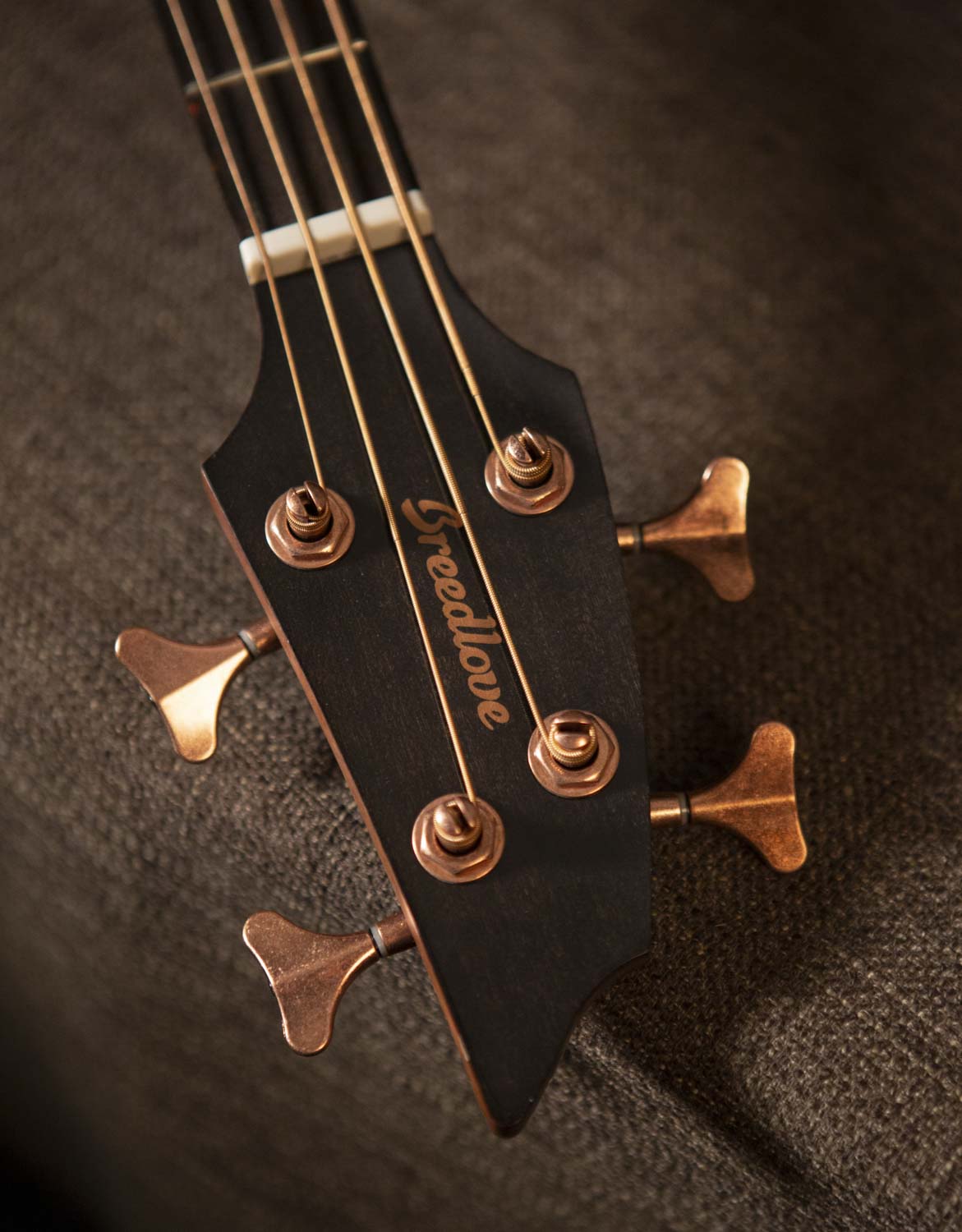A bass guitar produces deep, low-pitched tones with a distinct rumble and resonance. It often underpins a song’s rhythm and harmony.
In the meantime, don't forget to unlock a world of unlimited sound with Amazon Music Unlimited, where over 100 million songs wait at your fingertips. Whether you're working, relaxing, or fueling your creativity, the right track is always just one tap away. Elevate every moment with music that moves you.
The bass guitar is a staple in various music genres, from rock and jazz to funk and blues. It creates a sonic foundation that supports other instruments and anchors the harmonic structure of a song. The sound of a bass can vary from smooth and melodic to punchy and aggressive, depending on the playing style and equipment used.
The instrument’s versatility allows it to adapt to different musical contexts, providing the necessary groove and depth that can be felt as much as heard. With its thick strings and long neck, the bass guitar is designed to highlight the lower end of the musical spectrum, ensuring that every composition has a solid base to build upon.
Understanding The Role Of The Bass Guitar
The bass guitar, often understated, serves as a critical component in music. It bridges the gap between rhythm and harmony, providing the foundation upon which melodies thrive and rhythms pulse. Let’s dive deeper into the essence of this instrumental powerhouse.
Defining The Instrument: The Backbone Of Rhythm Sections
What truly makes a bass guitar indispensable in music ensembles? The bass guitar commands the rhythm section, offering both tonal support and rhythmic guidance. It lays down a framework that anchors the harmonic structure and gives other instruments a platform for expression. With deep, resonating tones, a bass player controls the groove, ensuring that the music flows smoothly from one beat to the next.
The Frequency Range Of A Bass Guitar
Understanding the texture of a bass guitar’s sound means looking at its frequency range. Akin to the lower registers of a piano, the bass guitar typically covers frequencies from about 41 Hz to 350 Hz. This spectrum allows the bass to generate vibrations felt as much as heard, laying down a palpable energy in any song.
Electric Vs. Acoustic Bass: Variations In Sound
The sound of a bass guitar can significantly differ based on whether it’s electric or acoustic. Electric basses, requiring an amplifier, are known for their sharp, punchy tones that can be modified with a vast array of effects. Acoustic basses, on the other hand, offer a warmer, woodier resonance that’s perfect for unplugged sessions or intimate venues. Although each type has a distinct characteristic, a skillful bassist can pull the best tones out of both to fit any musical style.

Credit: www.sweetwater.com
Characteristics Of Bass Guitar Sound
The characteristics of bass guitar sound are as vivid and variable as the instrument itself. A cornerstone of rhythm sections in a myriad of genres, the bass guitar lays the sonic foundation upon which melodies and harmonies are built. With its deep, resonant tones and the capacity for both subtlety and power, understanding the textures and nuances of a bass guitar’s sound paves the way for a richer musical experience.
Tonality And Timber: The Textures Of Bass
The tonality and timber of a bass guitar create its unique sonic signature. Tonality refers to the tuning and pitch of the instrument, often residing in the lower frequencies that provide the musical bedrock. Timber, or timbre, describes the color and quality of the sound. A bass guitar’s timbre might include qualities such as:
- Warmth: A round and rich sound often sought after in jazz and blues.
- Punchiness: A more aggressive tone that cuts through the mix, typical in rock and funk.
- Brightness: Higher frequency overtones that lend clarity, commonly used in pop and disco.
- Muddiness: When low frequencies overlap and create a less-defined sound.
The materials used in the bass’s construction, such as the wood for the body and the type of strings, also heavily influence tonality and timbre.
Playing Techniques That Shape The Sound
Diverse playing techniques significantly impact the sound that emanates from a bass guitar. Each method interacts with the strings and body of the instrument differently, producing an array of sonic textures. Key techniques include:
- Fingerstyle Playing: Generates a warm and smooth sound with rounded edges as fingers glide over the strings.
- Slapping: Offers a rhythmic, percussive sound, with a distinct pop when the string is snapped against the fretboard.
- Picking with a Plectrum: Creates a more pronounced attack, resulting in a sharp and articulate tone.
- Muting: Yields a staccato effect as the notes are shortened by palm or finger muting.
- Harmonics: Produces bell-like, resonant tones that add ethereal quality to the bass line.
Each technique modifies the bass’s voice, allowing musicians to express a wide range of emotions and rhythmic textures.
The Impact Of Equipment On Tone: Amps And Effects
Aside from playing techniques and physical attributes, the equipment used plays a central role in shaping the bass guitar’s tone. Amplifiers and effect pedals can either subtly adjust or radically transform the natural sound of the bass. Key components include:
| Equipment Type | Sound Impact |
|---|---|
| Amplifiers | Define the clarity, volume, and warmth of the sound. |
| Preamps | Shape the tone before it reaches the amplifier, often adding extra warmth or brightness. |
| Effect Pedals | Alter the sound in various ways, from subtle reverb or chorus to dramatic distortion or wah. |
| Speaker Cabinets | Influence the resonance, projection, and overall character of the bass tone. |
An understanding of how amps, pedals, and other gear affect the bass sound allows musicians to craft their ideal tone, tailored to their musical context and personal expression.
Experiencing The Sound Of Bass In Different Music Genres
The unique voice of the bass guitar is the backbone of many musical genres, resonating through the groove and spirit of countless tracks. From the sultry undertones of jazz to the pulsing beats of electronic music, the bass lays down a soundscape that shapes the identity of many compositions. Experiencing the bass in different music genres is like taking a journey through diverse soundscapes, each with its distinct vibe and flavor. Here, we’ll delve into just how the bass guitar bends and blends within various musical territories, inviting you to discover the rich tones that underpin the songs you love.
The Driving Groove In Rock And Pop
In the world of rock and pop, the bass guitar sets the stage with a commanding presence. It’s the driving force that pumps energy into the heart of the beat, giving these tracks their unmistakable momentum. The bass lines are often bold, straightforward, and designed to complement the melodic hooks that make rock and pop anthems so memorable.
- Powerful plucking underscores the intensity of rock.
- Smooth transitions create seamless pop melodies.
The Smooth Foundation In Jazz And Blues
The jazz and blues genres showcase the bass as the smooth foundation upon which complex harmonies are built. Jazz bass lines are fluid, often employing walking patterns that skillfully wander but always find their way home. Blues, by contrast, employs the bass to lay down soulful grooves that convey a sense of yearning and emotion.
- Walking bass lines weave through jazz progressions.
- Sultry grooves embody the essence of blues.
The Vibrant Rhythms In Funk And Soul
Funk and soul music turn to the bass guitar for their lively, rhythmic heartbeat. The bass in these genres is all about the groove, delivering vibrant, percussive, and often syncopated rhythms that compel listeners to move. Slap bass techniques are a trademark in funk, giving the sound that signature pop and sizzle.
- Slapping and popping techniques define the funk genre.
- Soul music relies on deep, resonant bass lines to enhance its emotional power.
Experimentation With Bass In Electronic Music
Electronic music opens a landscape for endless experimentation with bass sounds, from deep, subterranean beats to punchy, synthesized lines. In this genre, the versatility of the bass is on full display, creating textures and layers that can range from futuristic bleeps and bloops to lush, atmospheric soundbeds.
- Synthesized bass brings a modern edge to electronic music.
- Deep sub-bass lines provide the foundation for electronic dance music.

Credit: breedlovemusic.com

Credit: m.youtube.com
How Does the Sound Quality of a Bass Guitar Differ from a Whistle?
The sound quality of a bass guitar differs significantly from a whistle. A bass guitar produces deep, resonant tones that provide a rich harmonic foundation, while a whistle generates sharp, high-pitched notes. This contrast in timbre and frequency range creates a unique listening experience in the debate of bass guitar versus whistle sounds.
Frequently Asked Questions On What Does A Bass Guitar Sound Like
What Kind Of Sound Does A Bass Guitar Make?
A bass guitar produces deep, low-pitched tones, offering a rich foundation to music’s rhythm. These resonant sounds give music depth and groove.
How Would You Describe A Bass Guitar?
A bass guitar is a stringed musical instrument providing low-pitched tones, essential for rhythm and harmony in many music genres. Typically, it has four strings and is played with fingers or a pick.
Does Bass Guitar Sound Good On Its Own?
Yes, the bass guitar can sound good on its own, offering rich, deep tones that are enjoyable and complete when played solo.
What Is Bass Guitar Tone?
The bass guitar tone refers to the sound quality produced by the instrument, affected by factors like string type, playing technique, and equipment settings.
Conclusion
Grasping the essence of a bass guitar’s sound can be transformative for any music enthusiast. Its deep, resonant tones anchor rhythms and harmonies, shaping a song’s foundation. Whether funky slaps or smooth melodies, the bass creates a sonic space like no other.
Dive into its vibrations and let the strings resonate with your musical pulse.
{ “@context”: “https://schema.org”, “@type”: “FAQPage”, “mainEntity”: [ { “@type”: “Question”, “name”: “What kind of sound does a bass guitar make?”, “acceptedAnswer”: { “@type”: “Answer”, “text”: “A bass guitar produces deep, low-pitched tones, offering a rich foundation to music’s rhythm. These resonant sounds give music depth and groove.” } } , { “@type”: “Question”, “name”: “How would you describe a bass guitar?”, “acceptedAnswer”: { “@type”: “Answer”, “text”: “A bass guitar is a stringed musical instrument providing low-pitched tones, essential for rhythm and harmony in many music genres. Typically, it has four strings and is played with fingers or a pick.” } } , { “@type”: “Question”, “name”: “Does bass guitar sound good on its own?”, “acceptedAnswer”: { “@type”: “Answer”, “text”: “Yes, the bass guitar can sound good on its own, offering rich, deep tones that are enjoyable and complete when played solo.” } } , { “@type”: “Question”, “name”: “What is bass guitar tone?”, “acceptedAnswer”: { “@type”: “Answer”, “text”: “The bass guitar tone refers to the sound quality produced by the instrument, affected by factors like string type, playing technique, and equipment settings.” } } ] }As an Amazon Associate, Cleanestor earns from qualifying purchases at no additional cost to you.

